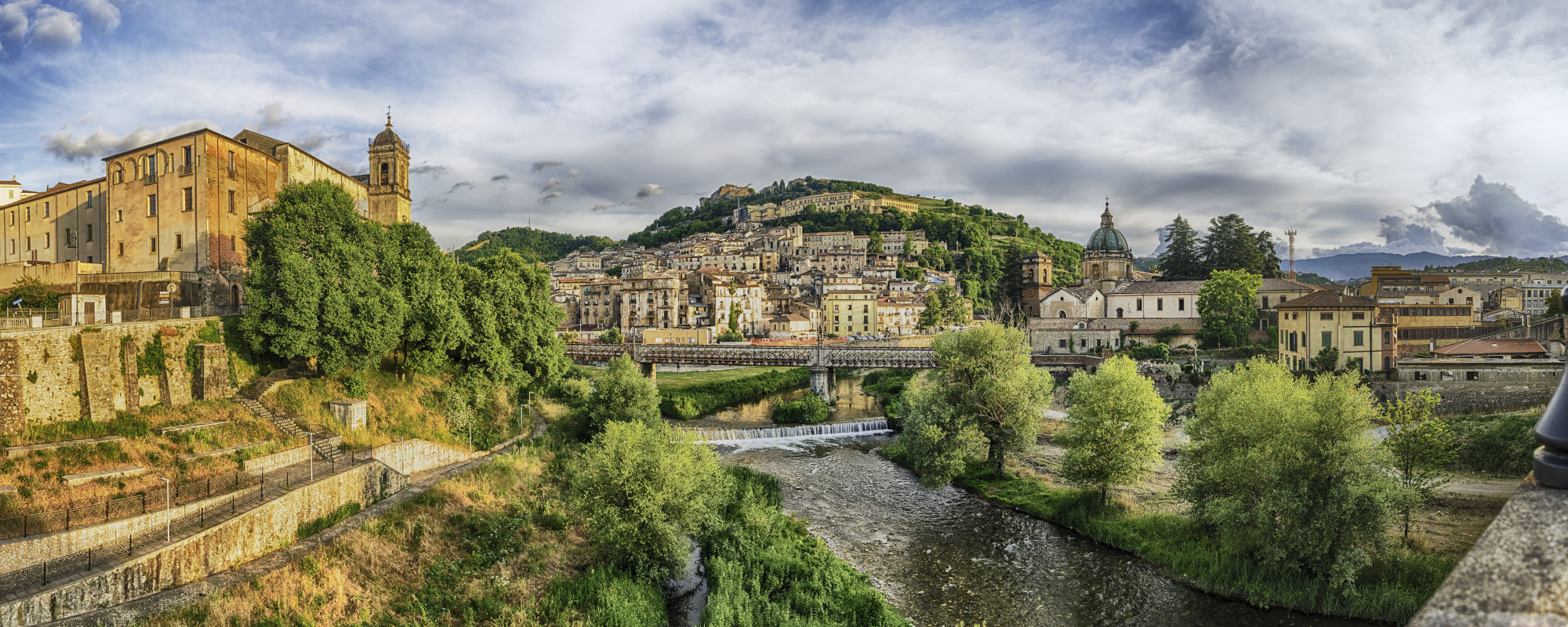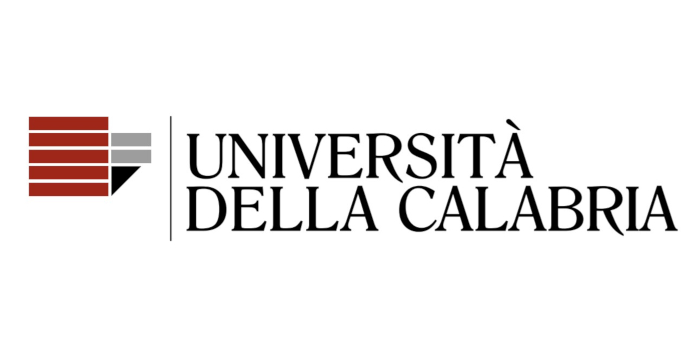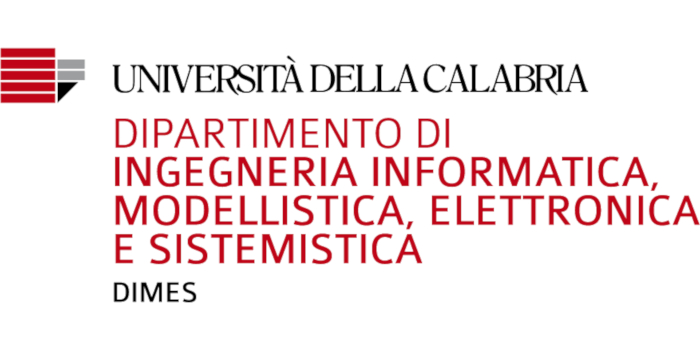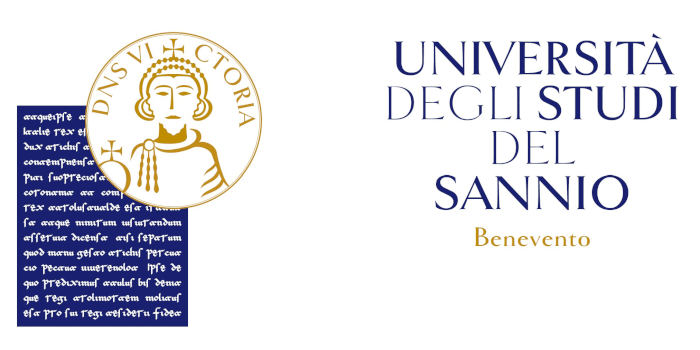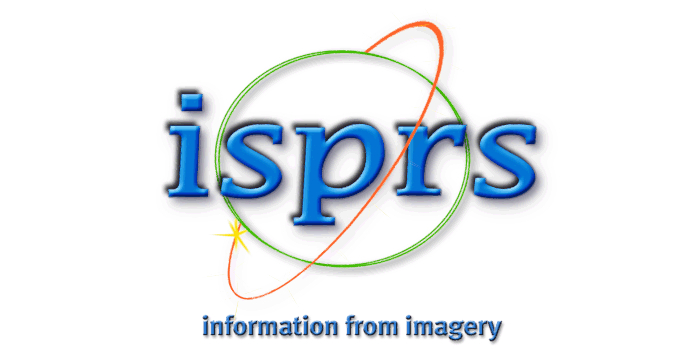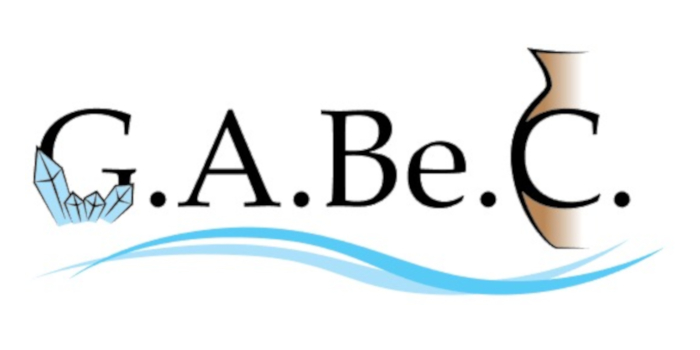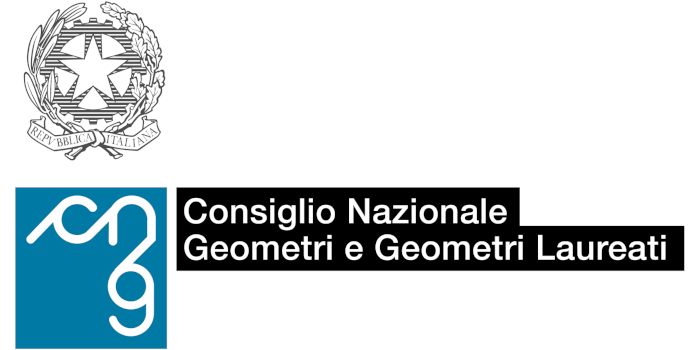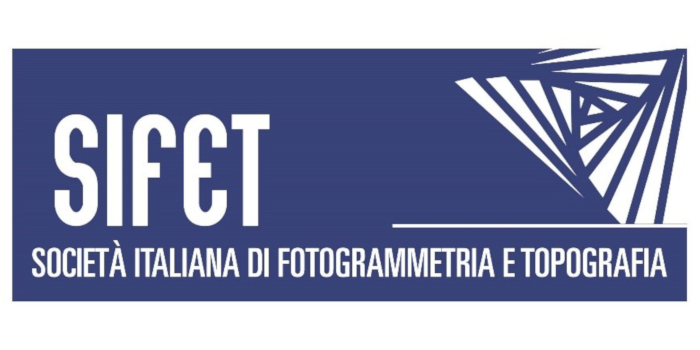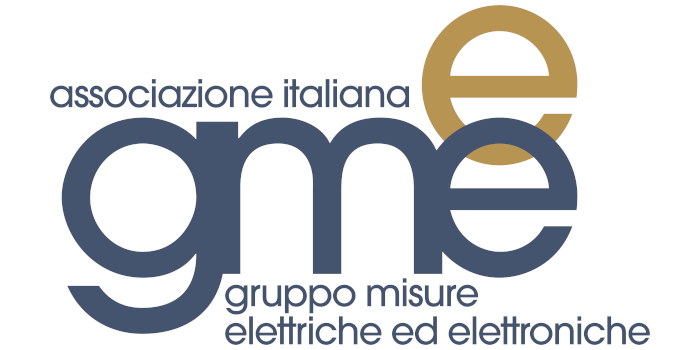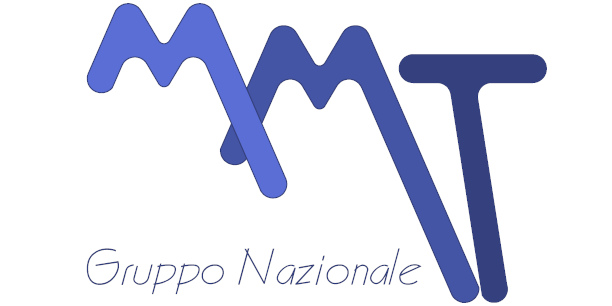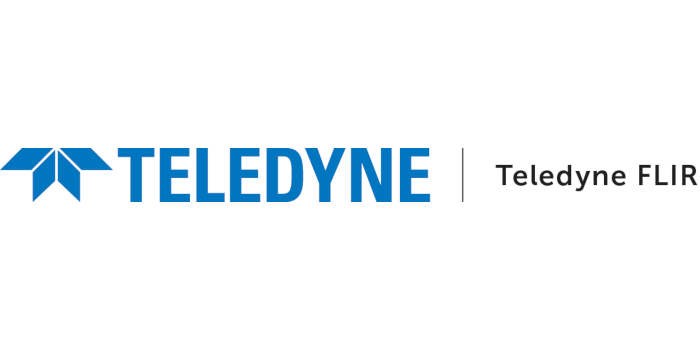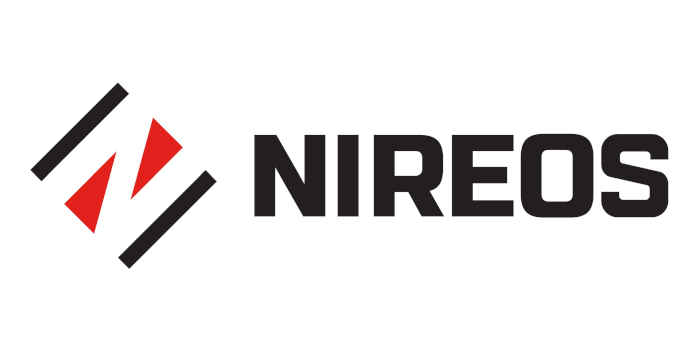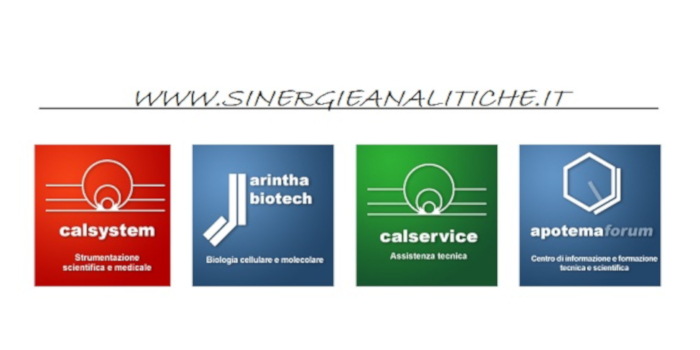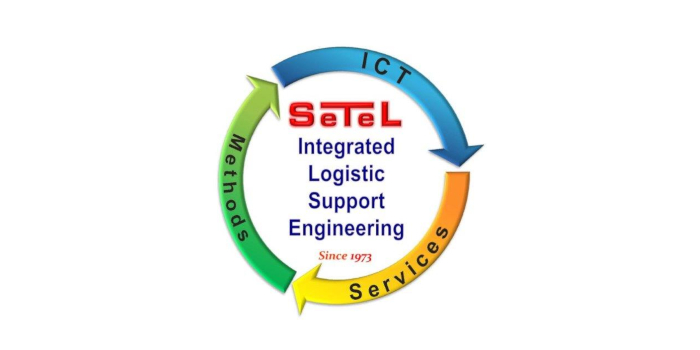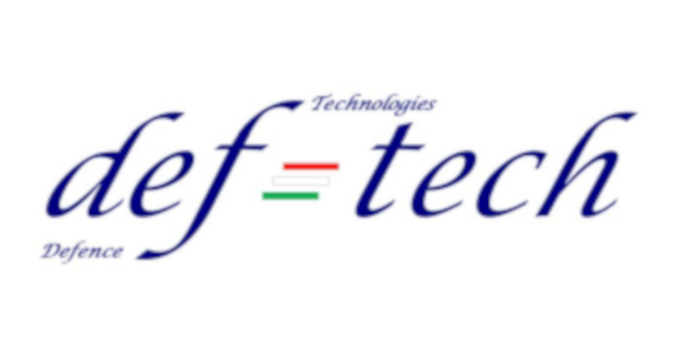Archaeometry of artefacts in mediaeval archaeological contexts. Integrating conventional and non-conventional diagnostic techniques for mortars, ceramic bodies, glaze and decoration pigments analysis
ORGANIZED BY

Paola Di Leo
CNR-IMAA; SSBA-Dicem Unibas
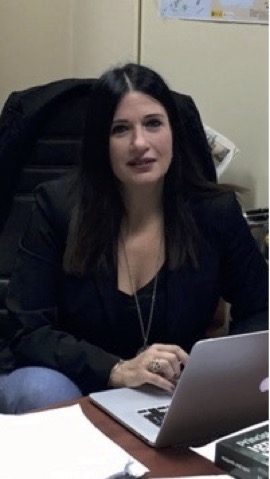
Giovanna Rizzo
DIS Unibas
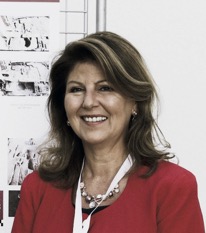
Francesca Sogliani
SSBA-Dicem Unibas
ABSTRACT
In the archaeological field, ceramics and mortars have always been used as an alluring source of information on technological know-how, production areas, and commercial relations as well as on commissioning and export/import, economic level, and social habits. Achieving this information involves a very complex job which, in order to be performed, requires the crossing investigation between classification, purely technological aspects and diagnostic items. In recent years, various research methodologies have been developed and finalized, aimed at studying the origin and technology of ancient ceramic artefacts, centered mainly on archaeometry of the ceramic body. On what concerns medieval ceramics, a further source of information derives from the study of glazes and decoration pigments. The presence, distribution, growth, and nucleation process of the microcrystallites in the glaze microstructures provide direct information about the raw materials exploited and the methods of glazing and of production. The pigments and glaze mixtures, methods of application, and firing patterns used are characteristic of each ceramic production, and they relate directly to the technological influences, networks and trades between regions. On the other hand, mortars from medieval settlements are a tremendous source of information on building technologies and raw material provenance and circulation.
The session, bringing together experts in medieval archeology and archaeometry, aims to stimulate a "true" interdisciplinary dialogue and fulfill the lack of shared analysis protocols that leads to a fundamental understanding of the scientific questions. Integrating information from typological studies and the excavation contexts of medieval finds with data arising from conventional techniques (e.g. optical microscope, SEM, PXRD, FT-IR and Raman spectroscopy) and non-conventional ones (-XRD, -XRF, -Raman, LIBS, Laser Ablation etc..), will allow to get a fundamental knowledge of the technological processes. This approach is crucial to understand behavioral attributes related to particular social groups performing the handicraft and the building technologies in mediaeval settlements. Interpreting the reasoning behind the pottery manufacturing actions can be often difficult, and it can be achieved only via a multi technique procedures. The interpretation of the production technology can be used to address a range of very different archaeological questions. These aspects include the knowledge and technical skills of artisans and their awareness of the physical behavior of raw materials, the transmission of technology across space and time, the standardization and specialization, the craft tradition up to the style and the expression of the identity trough ceramic practice. The integration of the study of pastes and glazes clearly enhance the understanding of the actions involved in the production of a ceramic object that can be strongly influenced by beliefs, traditions, and identities. As pottery is an integral part to most societies from prehistory onwards, as well as mortars are a marker of the economy of a building site, the technological choice is a key feature of any archaeological inquiry.
ABOUT THE ORGANIZERS
Paola Di Leo, is a researcher at the Institute of Methodologies for Environmental Analysis (CNR-IMAA) at the Italian National Research Council. She is a clay mineralogist and she has carried out researches in Clay mineralogy, Geochemistry, and Environmental Mineralogy. From 2003 to present her research interests mainly deal with Archaeometry. Since 2003 she has collaborated with the past head of the Post-graduate School of Archaeological Heritage from University of Basilicata (SSBA), Prof. Osanna, to start the Project “Archaeometry in Basilicata”. In 2018 she has moved to Matera, where she is working as Appointed professor of “Archaeometry Laboratory” - Laurea magistrale in Archeologia e Storia dell’Arte, at the Department of European and Mediterranean Cultures (Dicem) from the University of Basilicata. During her career she has acquired expertise in mineral and clay mineral spectroscopy (micro-Raman, IR, micro-XRF, XPS, solid state NMR), diffractometry (PXRD and micro-XRD), thermal analysis (TG-DSC), optical and electron microscopy, multivariate statistics, and dating. She has been the Project leader in the MeTIBas (Metodologie e Tecnologie Innovative per i Beni Culturali della Basilicata). P.O. FESR Basilicata 2007- 2016 Asse VIII "Governance ed Assistenza Tecnica" and is still running the Project “Medieval Archaeometry in Basilicata” in collaboration with Prof. Sogliani, Head of the Post-graduate School of Archaeological Heritage.
Giovanna Rizzo, is an Assistant Professor in Petrology and Petrography at the Department of Sciences (DIS) from the University of Basilicata. She also lecturer in Petrology and Petrography at the Post-graduate School of Archaeological Heritage, She carries research in metamorphic petrography and applied petrography to cultural heritage. At present she is a Member of the Academic Senate of the University of Basilicata and of the Editorial Board Fellowships: Minerals and Fibers. During her research activity she has gathered experience in using many analytical techniques such as OM, SEM, XRD, FT-IR, micro-Raman, EMPA, and XRF. She has joined in numerous research projects: ERANETMED Project "CrITERIA": Cr(VI)Impacted water bodies in the Mediterranean: Transposing management options for Efficient water Resources use through an Interdisciplinary Approach; European Erasmus + Project "Climate Change: Science, Ethics and Society" (CTwoSEAS); PRIN2017- MIUR “Detection and tracking of crustal fluid by multi-parametric methodologies and technologies".
Francesca Sogliani, is an Associate Professor of Christian and Medieval Archaeology (LANT/08) at the Department of European and Mediterranean Cultures (Dicem) from the University of Basilicata. She is the Head of the Post-graduate School of Archaeological Heritage (SSBA), in Matera. She run the scientific Journal "Siris. Studi e ricerche della Scuola di Specializzazione in Beni Archeologici di Matera" and is the Project Leader of the Project CHORA - Archaeological Laboratories in Basilicata and of the Project DARHEM - Digital Atlas of rupestrian Heritage of Matera. She has joined in numerous archaeological research projects in Italy (Emilia-Romagna, Lazio, Campania, Calabria, Basilicata) and abroad (Bosra, Syria) and directed, in recent years, numerous archaeological excavations of fortified, monastic and urban sites in Campania (Rocca Montis Dragonis ) and Basilicata (Monticchio, Altojanni, Satrianum, Grumentum, Matera). She mainly deals with archeological issues related to the late antique and medieval settlements in southern Italy and to the aspects of the production and circulation of ceramic, vitreous and metallic artifacts of the late antique and medieval age. Her interests also concern the enabling technologies for the knowledge and enhancement of archaeological and cultural heritage..
